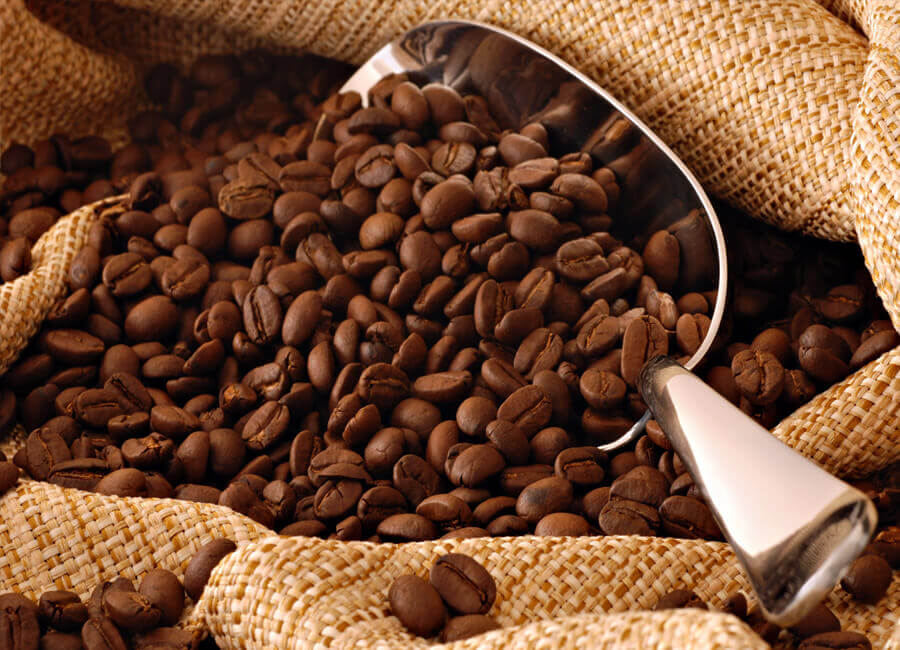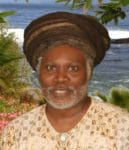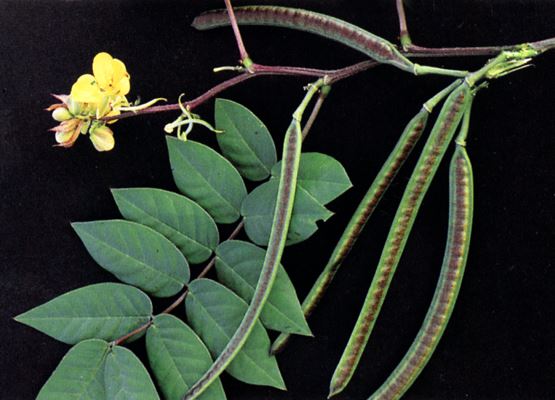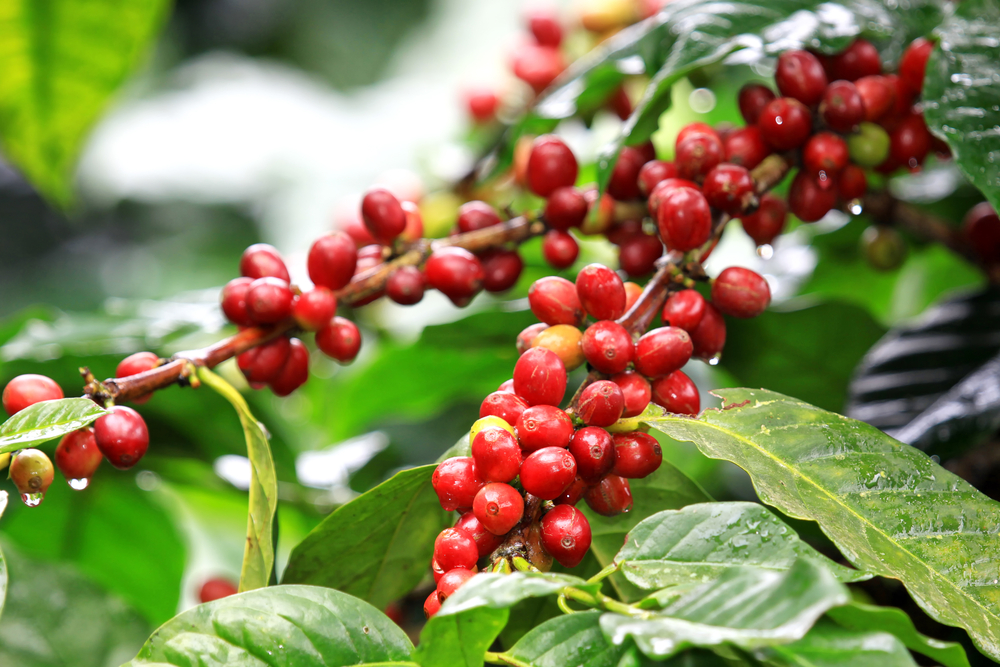
Coffee originated from Africa. Its spread to the rest of the world can’t be contained in a book on how this plant influenced cultures globally. Today, the world cannot do without drinking coffee, which made its way to the Caribbean islands through colonization, trade, and cultivation.

Historians tell us that coffee arrived in the Caribbean during the 18th century, brought by European colonizers who recognized a perfect climate and soil — a place where a profit could be made from growing the crop. Erik Bredal (1716-1724), an ex-governor of the Danish West Indies partly responsible for the final say of the sale to purchase St. Croix from France, mentioned coffee in his notes.
Count Plelo, the French ambassador to Denmark, mentioned what Bredal said to him about purchasing St. Croix. “According to him, this island has an excellent soil where cacao, coffee, grapes, and finally all necessary food and commercial crops can be raised perfectly well. He told me that [the island] could support 800 families, that it is advantageously located, that its air is quite healthy, and that should someone wish to develop it by investing 300,000 or 400,000 livres, most certainly, the island would bring a revenue of more than 500,000 crowns per year,” noted Ambassador Plelo.
Before I go any further about coffee growing in the Virgin Islands, let me mention a brief history of the Greater Antilles islands growing coffee. In the 1700s, coffee arrived in Cuba and that country became a huge producer and exporter. Today, the first coffee plantations in Cuba are a UNESCO World Heritage Site. Nevertheless, cane and rum eclipsed coffee in Cuba and the production of the crop declined over the centuries. However, drinking coffee in Cuba is still a social tradition.
The island of Haiti played a major role in Caribbean coffee cultivation. The French who colonized Haiti recognized the potential for coffee production on the island. By the latter part of the 1700s, it became one of the world’s leading coffee producers, and still contributes significantly to the world coffee trade. The Blue Mountain coffee in Jamaica is one of the world’s most sought-after and was first introduced in the late 18th century. It grows in the cloud forest of Jamaica’s Blue Mountains, which gives it a mild flavor and a distinct aroma.
In Puerto Rico, coffee plantations flourished in the mid-20th century. As a result of cultivation on the island, Puerto Rico became a major coffee exporter. Its bean is a harmonious blend of sweetness and acidity. In the Virgin Islands’ colonial history, coffees were grown not so much for export, but for home use on plantations, although some was shipped commercially to Denmark and other European countries. In 1761, for example, the “Kronprins Christian” sailed from the Danish West Indies with a typical return cargo on a direct voyage to Denmark.
In that year, the “Kronprins Christain” was loaded with 10 bales of cotton, 711 barrels of raw sugar, 8 barrels of rum, and 11 casks and 23 sacks of coffee. Cane, as we all know, was the major crop export to Europe from the Danish West Indies. However, there is more than one species of coffee in that now grow wild on the Virgin Islands.
On St. Croix, Caledonia Valley, Spring Garden (West), and several other estates in the west and northwest of the island were known as coffee country. “Spring Gardens has extensive plantations of cocoa, coffee, mangoes, oranges, vanilla, etc.,” noted Charles F. Millspaugh in the 1890s. These estates had perennial flowing streams (guts) where the freshwater deposits at the sea all year round. The coffees were grown in the hills or mountain regions of St. Croix under the forest canopy, which creates its own microclimate suitable for coffee production.

In the Danish West Indies, Cassia occidentalis was used as a coffee substitute. This was the poor man’s coffee used by the enslaved Africans throughout the West Indies where young pods and seeds were roasted, cooked, and eaten for food and used for medicinal remedy. Cassia occidentalis is called by its common names such as Wild Coffee, Coffee Weed, Negro Coffee, Stinking Weed, or Stinking Rosie. It is native to the Virgin Islands, southern United States, West Indies, and tropical South America.

Coffea arabica is the true coffee, a species of flowering plants of the Rubiaceae family. The genus of Coffea has about 125 species in the Rubiaceae family. Historians believed Coffea arabica was the first species of coffee to be cultivated and is now the dominant cultivar representing about 60 percent of the global production. In 1737, it was described scientifically by Antoine de Jussieu. Why I got interested in writing an article on wild coffee in the Virgin Islands was because a friend gave me a small plastic bag of roasted seeds of Cassia occidentalis. I made a cup of coffee, and it was great with cinnamon in it.
Cassia occidentalis is a bushy herbaceous shrub plant with compound leaves that divided into narrow sharp-pointed leaflets in three or six pairs. The flowers are bright yellow and grow in clusters or a few together at branch ends. Its reddish seed pods turn dark brown when mature with about 30 or more seeds. On St. Croix, you’ll find wild coffee in disturbed areas, pastureland and along roadsides. Sometimes, you might find the plant growing wild to the edge of forests or bushes.
The wild coffee that grows throughout the Virgin Islands has so much traditional medicinal use for various diseases. It possesses antibacterial, antifungal, antidiabetic, anticancerous, and anti-inflammatory properties. No wonder Cassia occidentalis coffee was so popular among slaves throughout the Caribbean region due to its unique flavor and distinct aroma.
However, one should not overuse Cassia occidentalis. It should be avoided during pregnancy and by those suffering from diarrhea. Some of us believe because plants are natural, they are good for us. It is not necessarily so. Plants can kill or damage you mentally, physically, emotionally, psychically, and spiritually if misused. Enjoy your cup of wild coffee.
— Olasee Davis is a bush professor who lectures and writes about the culture, history, ecology and environment of the Virgin Islands when he is not leading hiking tours of the wild places and spaces of St. Croix and beyond.





